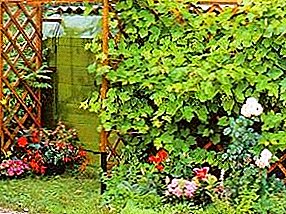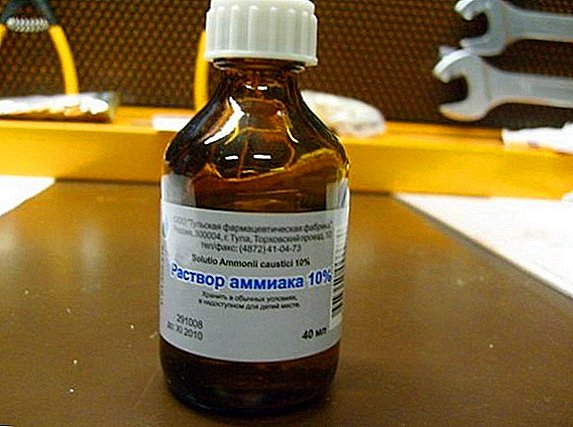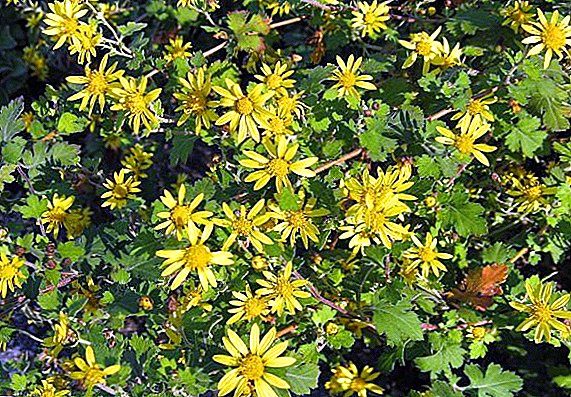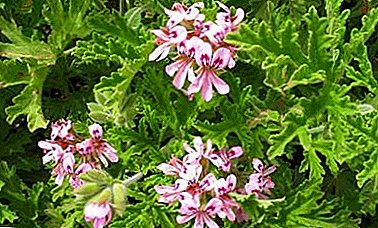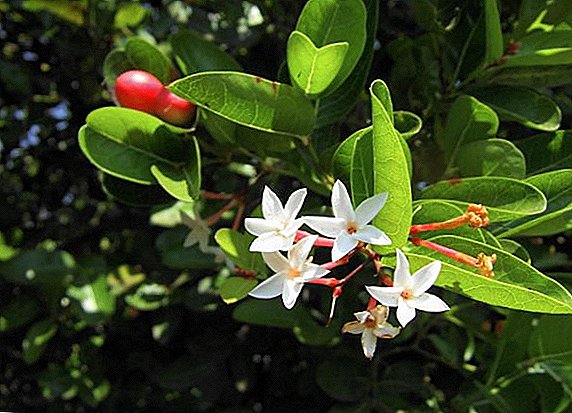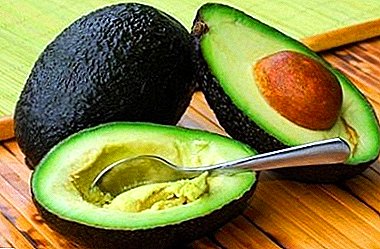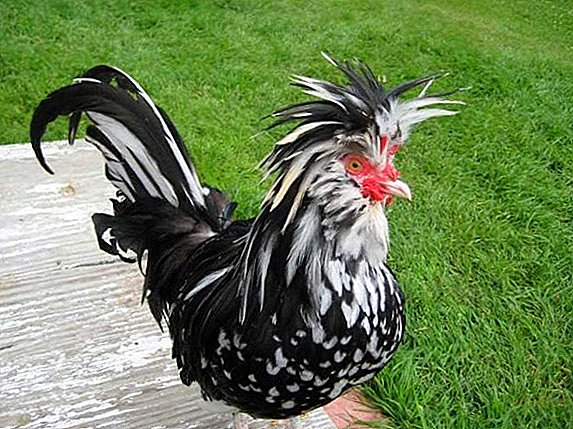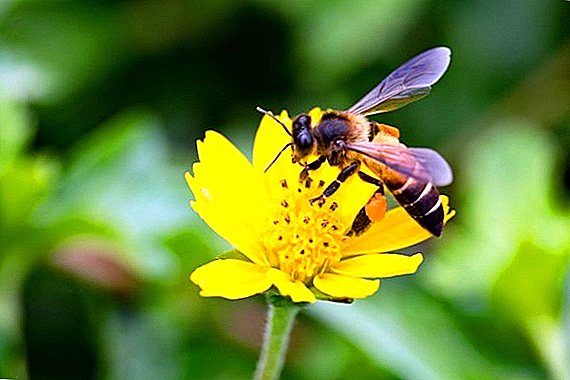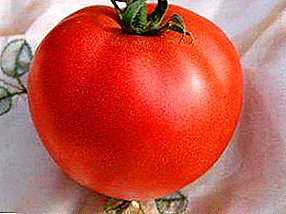
Many gardeners prefer modern improved hybrids. They are fruitful, resistant to diseases, undemanding to care. This is the favorite of many of the first generation hybrid - tomato "Ivanovich".
Small strong bushes can be planted on the beds or in the greenhouse, abundant fruiting will come in any case.
If you are interested in this variety, read further in our article: description, peculiarities of agricultural technology, basic characteristics.
Tomatoes Ivanych: variety description
 Hybrid Ivanovich F1, high-yielding, medium early. From the emergence of seedlings to the beginning of ripening, 90-95 days pass. The bush is determinant, 60-70 cm high. The amount of leaf mass is moderate, the fruits are collected in brushes of 5-6 pieces. Productivity is high, with proper care, you can count on 12-18 kg of tomatoes from 1 square. m landings.
Hybrid Ivanovich F1, high-yielding, medium early. From the emergence of seedlings to the beginning of ripening, 90-95 days pass. The bush is determinant, 60-70 cm high. The amount of leaf mass is moderate, the fruits are collected in brushes of 5-6 pieces. Productivity is high, with proper care, you can count on 12-18 kg of tomatoes from 1 square. m landings.
Tomato "Ivanovich", described: the fruits are large, smooth, weighing 200 g. The shape is flat-rounded, with a slight ribbing near the stem. Dense, glossy peel, juicy, not watery low seed pulp. The taste is bright, pleasant, rich and sweet with a slight sourness. In the process of ripening tomatoes change color from pale green to deep pink and scarlet.
Hybrid bred by Siberian breeders, suitable for cultivation in areas with adverse climatic conditions: short summer, alternating heat and cold snaps. Perhaps planting in open ground or film greenhouses. Harvested fruits are well stored, tolerate transportation without any problems.
Tomatoes are versatile, suitable for fresh consumption, preparation of various dishes, pickling and pickling. From ripe tomatoes you can get a tasty thick juice, rich in vitamins and trace elements..
Specifications
Among the main advantages of the variety:
- excellent taste of the fruit;
- high yield;
- cold resistance;
- good seed germination;
- resistance to major diseases of the nightshade;
- Bushes do not require formation and tying.
Among the features of the variety - the requirements for nutritional value. Tomatoes respond very well to fertilizer, increasing the mass of fruits by increasing the number of ovaries. Another disadvantage characteristic of all hybrids is the inability to collect seeds on their own, from ripe fruits.
A photo


Features of growing
 Seeds are sown on seedlings in the second half of March and early April. If you plan to plant in a greenhouse, sowing can be carried out 10-15 days earlier. The soil should be light, consisting of sod land, peat and sand. Seeds can be soaked in a growth stimulator for 10-12 hours.
Seeds are sown on seedlings in the second half of March and early April. If you plan to plant in a greenhouse, sowing can be carried out 10-15 days earlier. The soil should be light, consisting of sod land, peat and sand. Seeds can be soaked in a growth stimulator for 10-12 hours.
For seedlings, you can use containers that are tightly filled with soil. Seeds are sown with a depth of 2 cm. The soil is sprayed with warm water, covered with foil. The container is placed in heat until the first entrances appear. The sprouted shoots are exposed to a bright light, to the window-sill of the south window or under fluorescent lamps. Watering is moderate, 1 time in 5 days, preferably from fine-meshed leks. After the unfolding of 1-2 of these leaves, the seedlings dive and feed a liquid complex fertilizer.
In the open ground plants are planted in late May-early June. Transplantation in a greenhouse can take place in the first half of May. Wood ash or a small amount of superphosphate is laid in each well. Low bushes do not require tying and formation, but it is recommended to remove excess shoots and lower leaves. Tomatoes love moderate watering 1 time in 6 days. During the season, the bushes are fed 4 times with complex mineral fertilizer.
Pests and Diseases: Control and Prevention
The hybrid is resistant to major diseases, almost not affected by viruses. However, plants must be protected from fungal infections. Will help preventive spraying plantings phytosporin or other non-toxic bio-drug. Young plants can be treated with a pale pink solution of potassium permanganate. The greenhouse or greenhouse should be ventilated frequently, and weeds should be removed in a timely manner. Planting is recommended to periodically inspect, looking under the leaves.
This will help detect insect pests. Tomatoes are often affected by aphids, thrips, whitefly, bare slugs. Affected plants are treated with insecticides or broth celandine.
Sort tomato "Ivanovich" F1 - a successful hybrid, tested in different regions. If you follow the simplest requirements for care, the result is excellent, the tomato is happy with the yield and excellent taste of the fruit.


